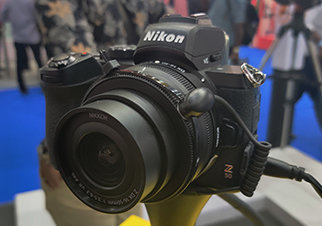As a generation of people, we have evolved so much and have been witnessing wonders from Industrial Revolution to the world, which has taken over by Artificial Intelligence. We have seen the transformation from Nokia to Apple, from DVDs to SSDs, from Coolpix to DSLRs, from Orkut to Facebook, from Action to Nike so on and so forth.
In today’s fast paced world with the advent of technology, we always need to keep up with it. A new value has been added to the field of creative industries making more room for the designers and creative heads to brainstorm over the design aspects of every single product and its branding. This value addition has led to the advertisement of all these products in a unique way which in turn leads to the importance of aesthetics involved in the designing and representing these products in the burgeoning market.
The demand of any given product on an online platform has given rise to entrepreneurs who market their products with the help of designers, artists, photographers and techies involved in the process of marketing.
Photography as a profession at the moment is very demanding and creative at the same time. One needs to upgrade to be in such a competitive world specifically if someone wants to showcase their work. Let’s look at how we can achieve the same?
Storytelling through product photography
Every product has its own sweet story; deciding a peculiar theme for that particular product, one must understand its unique story. Then we can proceed further by finalising the colours, what kind of lighting it requires as well as its appropriate styling through a photo-shoot. We must try to deliver something unprecedented in our fundamental approach to keep it unique in turn adding a certain value to it.
The amount of considerations which might have gone during its design and branding needs to be depicted while we represent it through the medium of photography. The innate story has to speak up through a strong sense of composition. The subject within the composition which is the product itself must be highlighted along with its key features.
Colour theory
It’s necessary to understand the art of colours as each colour tells a story. Our fundamental understanding of colours must be seen through the way we juxtapose them within our composition. If you observe the colour wheel, you will get which colours complement each other. Not just that, but colour have its own emotions attached to it, setting a different type of mood to where it has been used judiciously. For example, in one-way red represents love and romance and other way it also represents sense of fear.
If you notice movies carefully you will notice that in every movie lighting is done according to the mood of the scene. Every single colour creates different type of mood and combination of good colours brings something exceptional in the image. Usually bright colours are used to depict happiness and to explain sadness or horror scene we go for dull colour scheme with low saturated colours.
In the same way, when we are doing product photography it’s necessary to understand features of the product and what type of mood we are trying to create. Accordingly decide colour scheme in the overall frame.
Lighting
As mentioned earlier, lighting also plays a vital role in photography and it also creates different type of mood depending on the style of lighting. Usually we prefer to do product photography in studio light set-up for better results. To have a good control over light, always use an external light source.
If you are trying to achieve pro-level product photography output, then you should definitely use soft boxes. Start with one light source then keep adding lights according to the requirement. Concentrate on intensity of lights and understand what each light source is doing. It will help you to discover how to get rid of annoying reflections, where to place highlights and accordingly let the shadows flow.
Steps you shouldn’t forget
If you are shooting professionally for brands then you must follow these steps
- You must keep your focus on the logo of the brand. Make sure it’s clearly visible in the image.
- Understand the details of the product. Accordingly build the light set-up.
- Decide a theme before you shoot that product. Always plan your shoot beforehand and create mood in the image according to the theme.
Use of Natural light
Why to spend so much on lighting equipment? If you are looking for natural and organic look then just style and shoot. Natural light keeps on changing throughout the day. So, you have to be very quick with your set-up to get desired output.
As we don’t have control over natural light, we might have to change set-up continuously where we will not get consistency in the sequence of the images. It may lead us to longer exposure settings where we have to boost ISO, which will cause grain in the images. So, if you are trying to bring mood in the pictures then go for artificial lights.
Artificial Lights
This is the best solution for product photography. With basic light set-up we can achieve great results. As we have total control over light, we can create any kind of mood in the images. We can adjust highlights, exposure and reflections like the way we want. If you are shooting sequence of the images then you can maintain consistency of light in the series.
Just the studio light set-up will cost you way more than expected. The higher end gear can get very expensive too. Though there are ways to save costs and be innovative with natural light around you. Also lighting set-up occupies so much space, so always think before buying studio light set-up. If there is a need then only go for it otherwise you can always play with natural light.
Click like a Pro
The secret mantra to do an outstanding photoshoot for the product; one must understand the nuances of the product in detail and try to highlight key features of it with a theme which goes hand in hand with the product itself. Wherein the basic understanding of composition techniques and final touch of post-processing to it can make a product look like a pro!
Make a good use of depth of field with prime lenses. Enhance colour tones and remove unwanted elements from the frame in post-processing. Sometimes few things are not possible to achieve in the frame as per our expectation, then add those elements in post-processing. For example, if you are shooting soda bottle and you want to add water splash and with many experiments you are not getting proper splash, At this time what you can do is to shoot product separately and later compose splash separately in the image.
Keep experimenting with different type of products, lights and creative ideas to master the art of product photography.




.jpg)
.jpg)
.jpg)
.jpg)

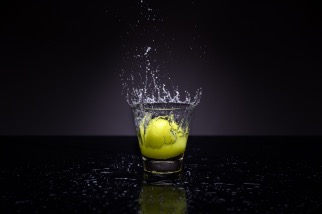







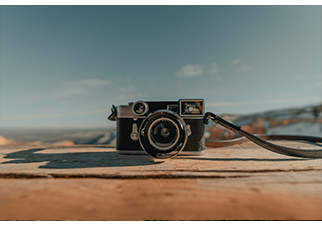









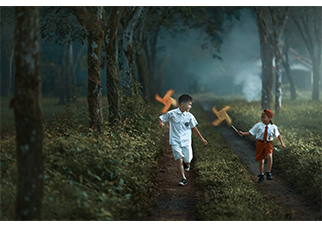


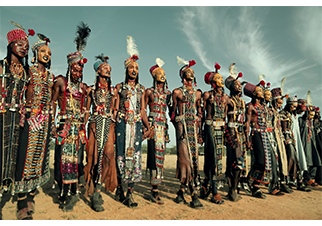
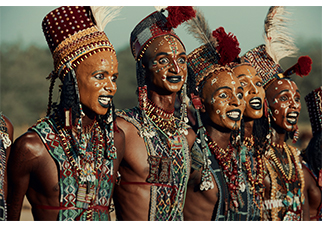
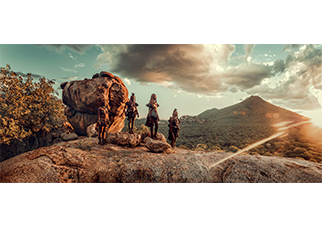

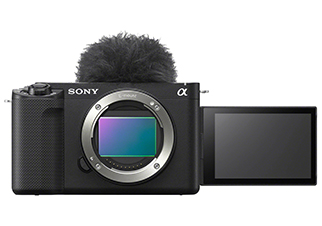
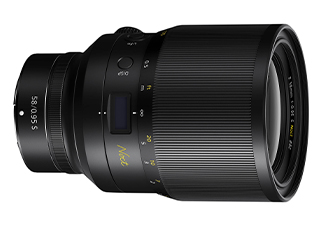
.jpg)
.jpg)
.jpg)
.jpg)
.jpg)
.jpg)
.jpg)
.jpg)
